Think about your living room: right in the middle, there's probably a coffee table, right? It's perfect for holding snacks during a movie or your books and magazines. But have you ever wondered where it came from?
Believe it or not, the coffee table has been around for ages in some form or other and has changed a lot to what we all know and love. From ancient platforms to today’s functional and stylish pieces, the history of coffee tables is more varied than you think!
Let’s go through the ages and see how this staple furniture piece became iconic for today’s stylish and functional living rooms!
The Early Beginnings
Did you know that the idea of the coffee table dates back thousands of years? It's true! Ancient civilizations used low platforms as gathering spots, not just for meals but for socializing, too. These early versions were the precursors to what we now know as the coffee table.
But the final form of the coffee table as we know it went through several points of influence and change!
Cultural Crossroads
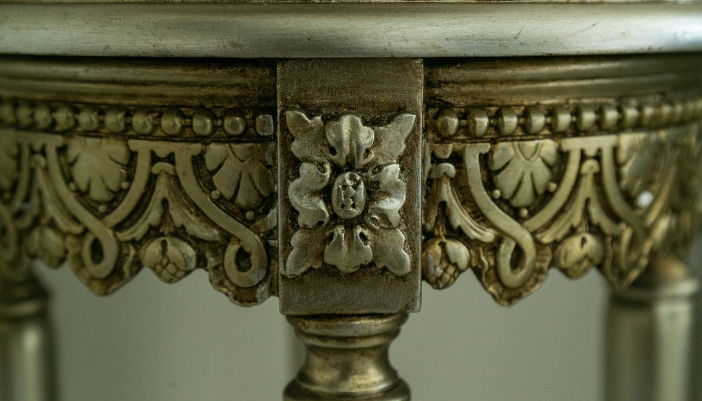
As the coffee table journeyed through time, it also traveled across continents, picking up unique styles and influences. With more trade and exploration happening, it helped blend traditions into new designs and ideas!
- Middle Eastern Elegance (17th to 18th centuries): The Middle East brought luxurious materials and ornate carvings into the mix, like the low tables of the Ottoman Empire, often adorned with elaborate patterns and inlaid with precious materials.
- Asian Aesthetics (Late 18th to 19th centuries): From Asia, particularly countries like Japan and China, the coffee table adopted principles of simplicity and functionality. The minimalist designs, clean lines, and natural materials of Asian furniture provided a serene, balanced approach to living room decor, contrasting with the ornate styles of the West.
- European Adaptations (19th to 20th centuries): European designers blended the intricate details of the East with the practicality and elegance of their own traditions, creating coffee tables that were not only beautiful but also functional and suited to the evolving lifestyles of the time.
Elegance in the Victorian Era
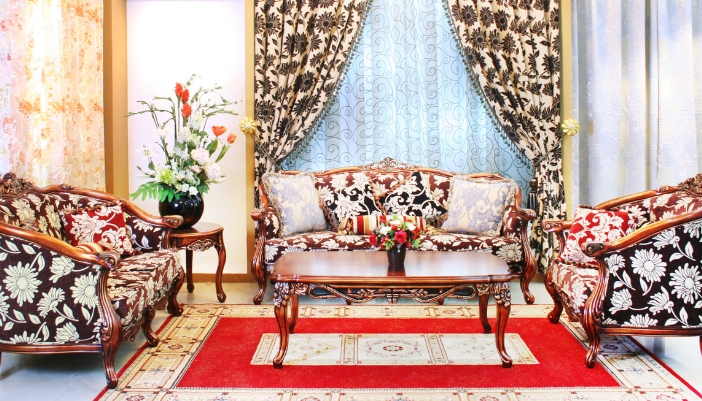
During the Victorian era, spanning much of the 19th century, the coffee table symbolized sophistication and social status. This period marked a significant transformation in the design and purpose of the coffee table, aligning it with the grandeur and decorum of the time.
- A Centerpiece for Social Life: In Victorian homes, the parlor showcased elegance and refinement, and the coffee table was at its heart. It was a stage for social rituals, from afternoon tea to intellectual discussions.
- Intricate Craftsmanship and Design: Victorian coffee tables were often ornately designed, featuring intricate woodwork, marquetry, and even luxurious materials like marble tops. But they were also designed to be more functional with rounded edges and a lightweight design for mobility.
- Dimensions and Design: Victorian coffee tables were taller than their modern counterparts, typically ranging from 20 to 25 inches in height to accommodate the more formal seating arrangements and the social customs of the era. This height allowed guests to comfortably reach for their tea, coffee, and refreshments while maintaining an elegant posture, in line with the social etiquette of the time.
Revolution in Design: The Mid-Century Modern Impact
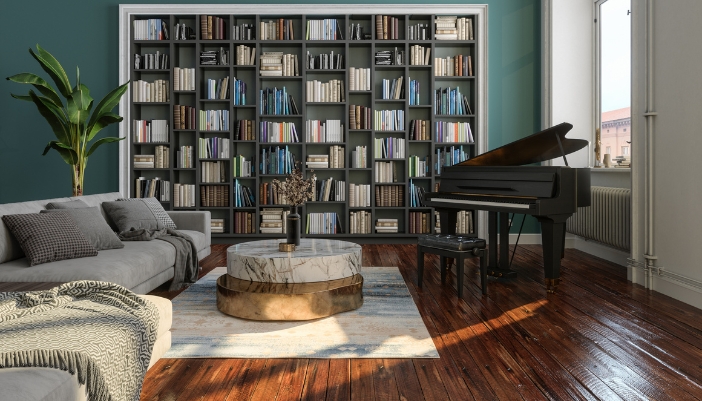
The mid-century modern era, spanning from the mid-1930s to the mid-1960s, brought a revolutionary shift in coffee table design. This period marked a departure from the ornate details of earlier styles to a focus on simplicity, functionality, and clean lines.
- Simplicity and Functionality: The mid-century modern movement embraced a minimalist approach to design, featuring simple geometric shapes and a lack of excessive ornamentation for a sleek, uncluttered look. The focus was creating practical pieces that fit well within the increasingly popular open-plan living spaces.
- Innovative Materials and Construction: Materials like plywood, glass, metal, and even plastic became common in this era, allowing for durable, lightweight tables with creative shapes and forms. For instance, the Noguchi table, designed by Isamu Noguchi in the 1940s, featured a sculptural base made from two interlocking wooden pieces and a glass top, blending art with furniture design.
- Iconic Designers and Their Legacy: This era saw the emergence of designers who would leave a lasting mark on furniture design. Names like Eero Saarinen, with his Tulip table, and Charles and Ray Eames, known for their innovative use of plywood and fiberglass, became synonymous with mid-century modern design.
The Modern Canvas: Contemporary Coffee Tables
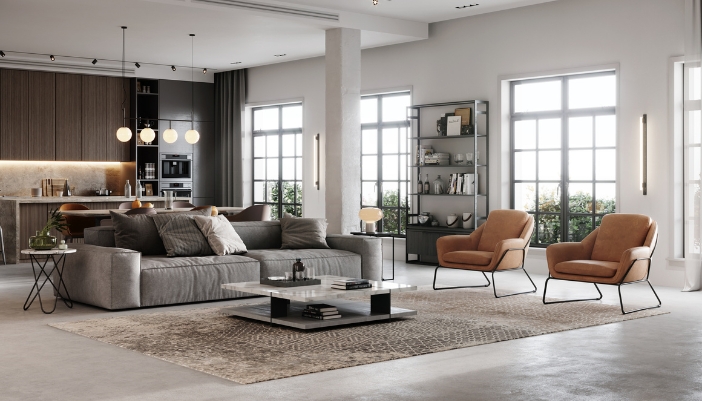
Today's coffee tables are a testament to the creativity and innovation of contemporary design. They are not just furniture pieces but expressions of individual style and modern living.
- Diverse Styles: From sleek, minimalist designs to bold, sculptural pieces, contemporary coffee tables cater to every aesthetic. Materials range from classic wood to industrial metal and even transparent acrylic, offering a variety of textures and looks.
- Smart Features: More coffee tables are designed with technology like built-in USB ports and Bluetooth speakers, so you stay connected!
- Storage: Since trends favor the minimalistic and clutter-free, most coffee tables are made with storage in mind, like drawers, lift tops, shelves, and more.
Note:
Many of today’s coffee tables blur the line between furniture and art, with designers collaborating with artists to create unique, statement pieces!
Table Talk
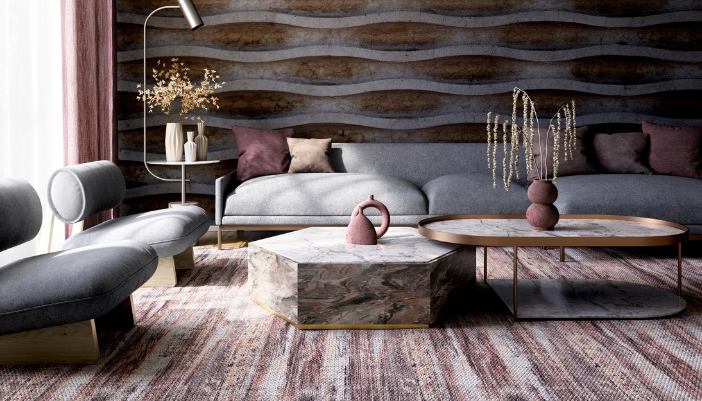
As you can see, the journey of the coffee table is longer than you might think, coming from ancient utility forms to practical modern art! It’s no wonder that having a coffee table in the living room is a forgone conclusion! So, if you don’t have a real coffee table yet (crates don’t count!) or the one you have looks a little dated, don’t wait another second — Sav-Mart has you covered with our coffee table selection!
And if you can’t find the right fit, our team can help — call or pop in!